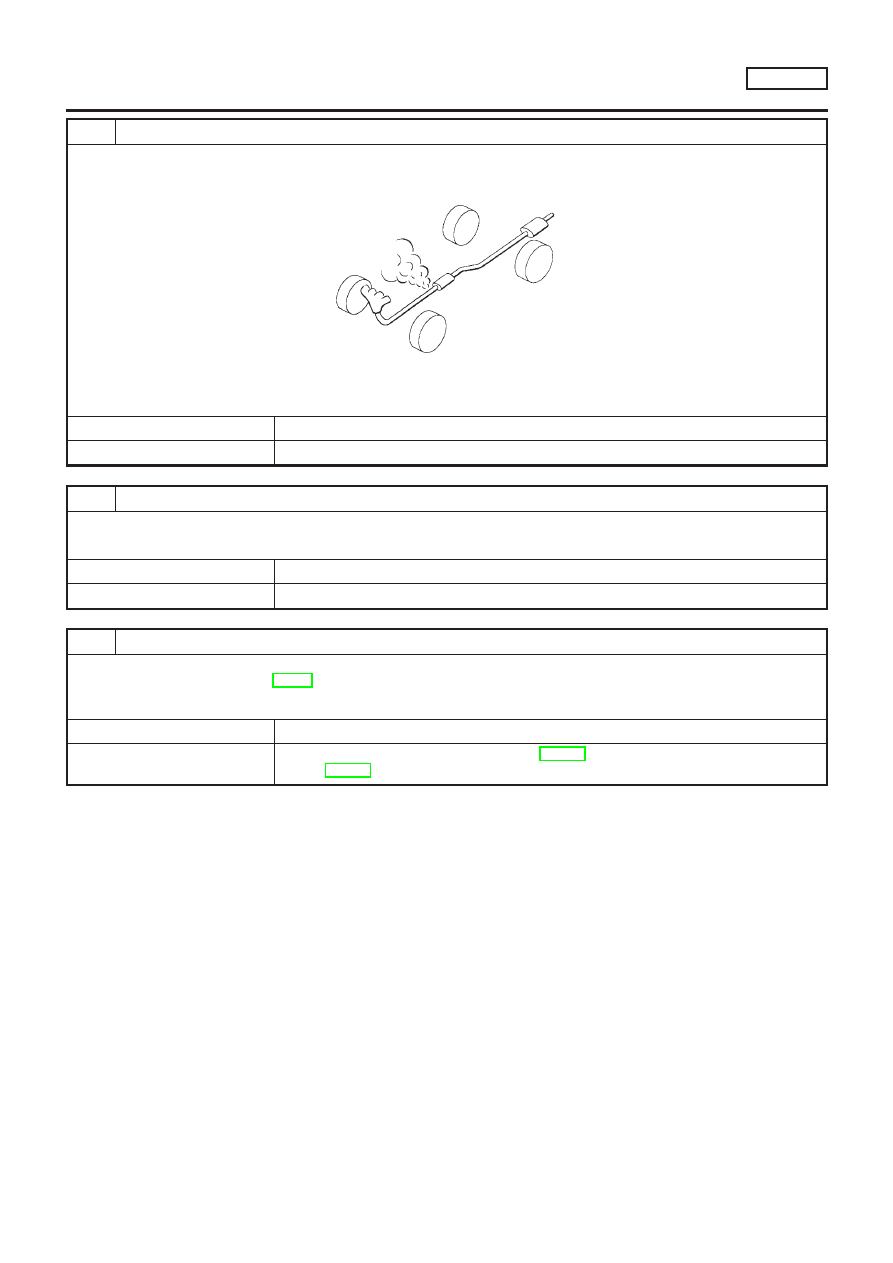Nissan Almera Tino V10 (2001 year). Manual - part 48

2
CHECK EXHAUST AIR LEAK
1. Start engine and run it at idle.
2. Listen for an exhaust air leak before the three way catalyst.
SEF099P
OK or NG
OK
©
GO TO 3.
NG
©
Repair or replace.
3
CHECK INTAKE AIR LEAK
Listen for an intake air leak after the mass air flow sensor.
OK or NG
OK
©
GO TO 4.
NG
©
Repair or replace.
4
CHECK IGNITION TIMING
Check for ignition timing.
Refer to “BASIC INSPECTION”, EC-99.
OK or NG
OK
©
GO TO 5.
NG
©
Check camshaft position sensor (PHASE) (EC-302) and crankshaft position sensor
(POS) (EC-295).
DTC P0420 THREE WAY CATALYST FUNCTION
QG18DE
Diagnostic Procedure (Cont’d)
EC-329